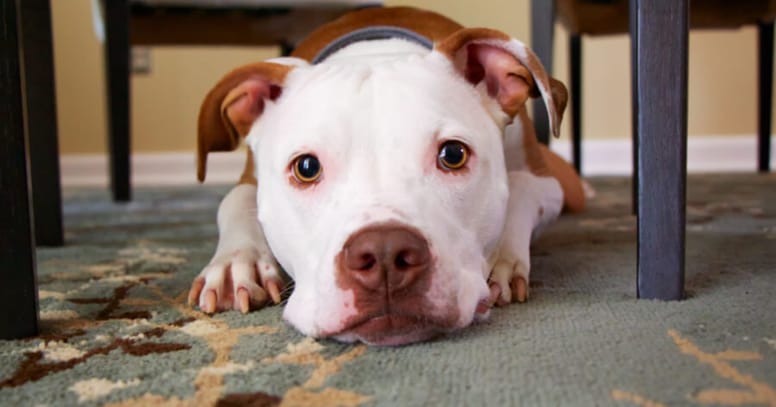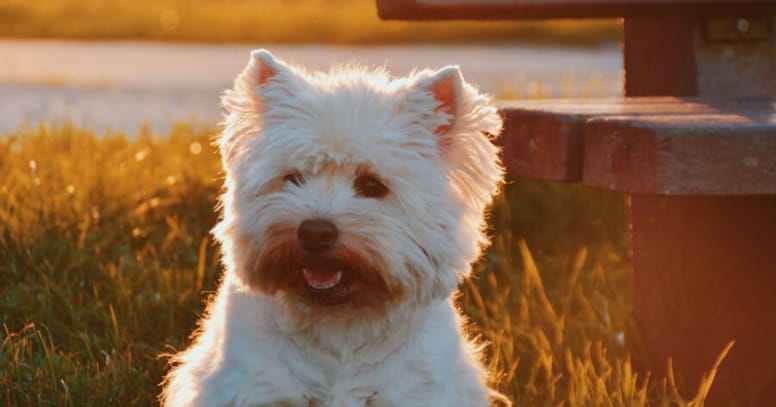It often seems a given, that a dog just has a name. Some dog owners will have their favourites written on a list, others will just look at their dog and decide they look like a Bella.
Then there are owners who trawl the internet and books looking for the perfect dog name.
Naming a dog, how to do it?
Granted, it’s general human etiquette. Everyone and everything has a name. But what do we use it for?
It identifies us, and our dogs. We use it to register our dog with the vet, and then to check them in for their appointment. We make appointments with it at the grooming salon or with a dog trainer. It also identifies them at their day care or boarding facility.

©Unsplash
Giving Our Dog A Name Makes Our Life Easier
It also helps up to train them and to keep them as an accepted member of society and a family member.
We primarily use their name to get their attention. We can then follow it will a required command or behaviour.
So, we’ll call “Max, come!” or “Lily, Sit!"
Simply shouting “come!” in the dog park is just going to result in a trail of dogs bounding towards you!
You only have to think about when you’re in a crowded room. You may not hear much but as soon as your name is mentioned, your ears prick up. Also known as the cocktail party effect. Dogs are much the same.
Why You Should Call Your Dog’s Name Once
This also tells us why; you should really only call your dog’s name once.
You see it regularly, well-meaning dog owners calling their dog’s name over and over again. Often not even followed by a command. What this repetition becomes, is background noise to the dog. They become immune to their name – it no longer makes their ears prick up.
It also gives us a good lesson in training.

We label the behaviour as it happens, as opposed to just asking the dog over and over again to give us his paw when he has absolutely no idea what it means!
We need to keep their name meaningful and positive – that means avoiding poisoning it. Again, it’s super easy to call your dog when he’s doing something he shouldn’t and shout at him. What he learns is that his name signals something bad! So, supervise him closely to avoid him doing something he shouldn’t – provide alternatives that he is allowed to do and if he does do something he shouldn’t, shout at yourself and vow to supervise better next time.
Teaching A Dog Their Name
To teach a dog his name, as we’ve mentioned, it needs to be associated with something good.
So, call his name, high pitched and jovial, he’ll likely look at you, simply because you are excited, reward him as soon as he looks at you. Repeat. Regularly.
This is why the most popular dog names are one or two syllables in length. It is so much easier to intonate these names. You can call them jovially or high-pitched.
They are short and snappy.
The biggest mistake made by many dog owners is using their dog’s name as their recall command. Avoid this at all costs. We have a “come!” command for a reason.
Simply use your dog’s name as an identifier and to get their attention.

Get into the habit, once they know their name and their commands, use them!
“Max, Come!”
“Max, Sit!”
“Max, Settle!”
“Max, Leave!”
“Max, Down!”
Clear and to the point – you have got Max’s attention and then asked him for a desired behaviour.
If he doesn’t carry out what you have asked, there’s likely a glitch in the training of that command, so go back to basics and start with the luring again!
Reward when the behaviour occurs and repeat regularly.
Your dog has a name to identify him and to get his attention.It’s super easy to poison his name when he does something less than desired, so help him make the right choices. Choose short and snappy names, and one that you can easily intonate. Say it once, or you’ll just end up being background noise.
Website

